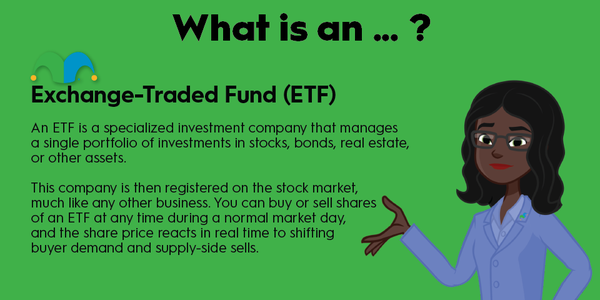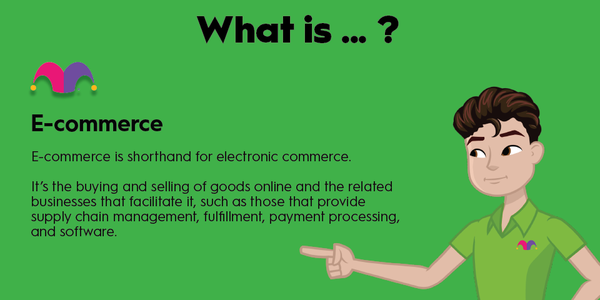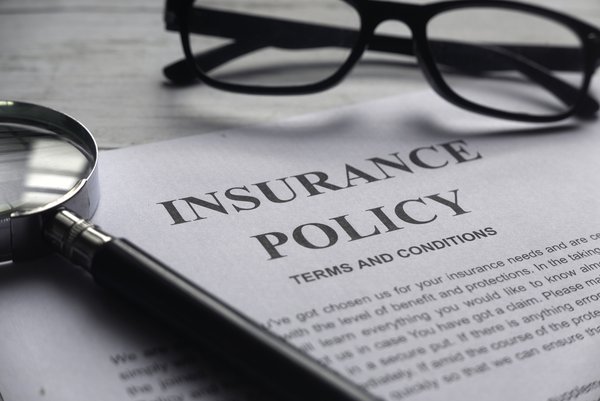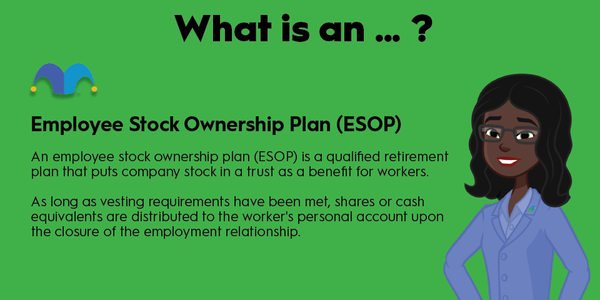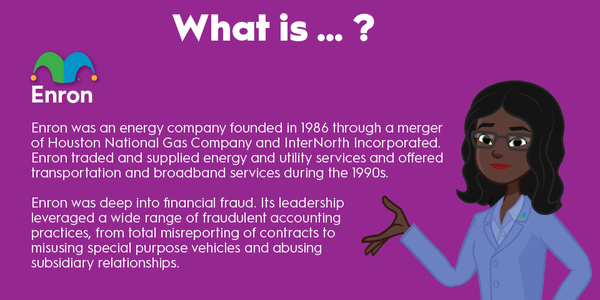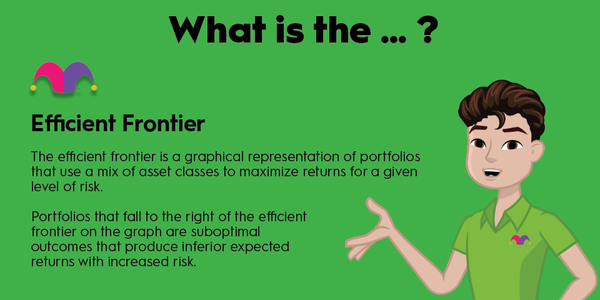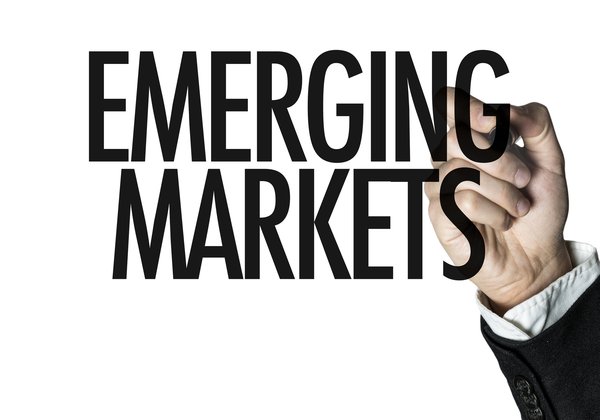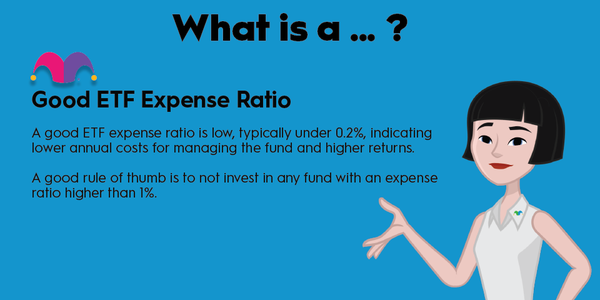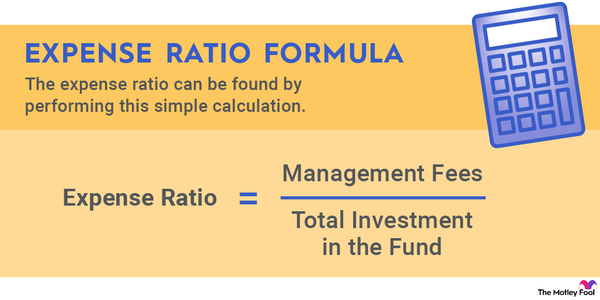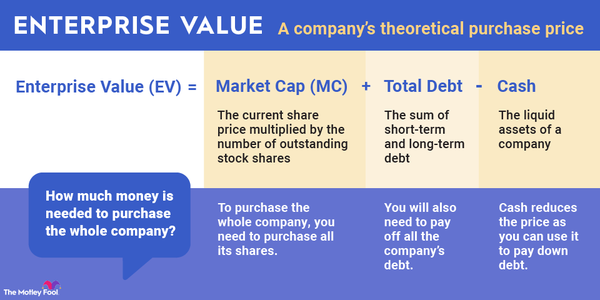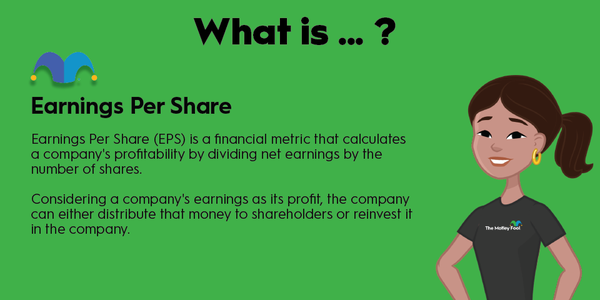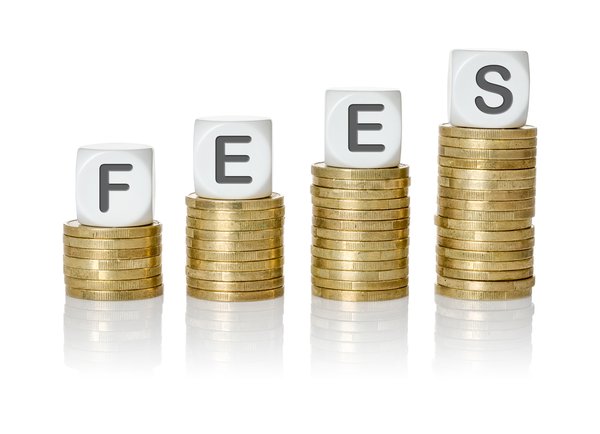Expected value is a term used in statistics and probability to describe the average anticipated value of something in the future. It uses the probability of various outcomes to find a weighted average. The expected value of an investment is a key consideration for portfolio construction along with variance.

What does expected value mean?
What does expected value mean?
Expected value is a weighted average based on the probability of certain outcomes.
For example, the expected value for the number of times you’d get heads if you flipped a coin 100 times would be 50. Since there’s a 50% chance you’d flip heads every time, you multiply 50% by 100, and you get 50.
In cases where more than one outcome is possible, you multiply each outcome by the likelihood of its occurrence and then add the results together. So, if you want to determine the expected value of rolling two dice, you’d multiply each potential outcome two through 12 by their likelihood and add the results up to get seven.
How is expected value used in finance?
How is expected value used in finance?
In finance, expected value is used to describe the average value of an investment at some point in the future. For example, if the fund you invest your money in is expected to produce an average return of 10% in any given year, the expected value of your investment a year from now will be 1.1 times the principal.
It’s important to note that expected value can vary widely from the actual value. In fact, the expected value may not even be a possible result.
For example, if you bet $100 on a sports game paying 1:1 odds, the expected value of your bet is $100, or breakeven. But the only two potential outcomes are that you end up with $0 or $200. The variance in potential outcomes is measured by the standard deviation, which is a measure of variation in a dataset.
Using expected value in portfolio construction
Using expected value in portfolio construction
Different asset classes have different expected values, and they also come with different degrees of risk, or variance.
You can use expected value combined with variance to construct a portfolio to help reach your financial goals. For example, you may put together a portfolio of assets with a combined expected return of 6% per year by combining simple index funds of stocks and bonds. Maximizing expected value and minimizing variance in a portfolio is the subject of modern portfolio theory.
You may also use expected value to determine when to sell an asset and buy something else in its place. For example, if one stock has climbed significantly since you bought it, you may determine the expected value of your shares in a few years isn’t much higher than it is today. You may want to invest in something with a higher expected value instead.
Related investing topics
Expected value and variance with the S and P 500
Expected value and variance with the S&P 500
One of the most common investments today is an S&P 500 index fund. If you want to know how much an investment in an index fund today will be worth by the time you retire, you can use expected value and variance.
The S&P 500 has produced a 6.5% inflation-adjusted compound annual growth rate since 1928. So, if you have 25 years until you retire, a $5,000 investment today has an expected value of $24,138 in equivalent spending power.
But consider that the S&P 500 has never produced a 6.5% real return on investment in a single calendar year. This is a case where investors are likely to experience variance.
Over a 25-year period, the historical S&P 500 real return has a standard deviation of 2.4 percentage points. That means there’s a 68% chance that the real compound annual returns for an S&P 500 index fund over 25 years is somewhere between 4.1% and 8.9%. That makes a $5,000 investment today likely to fall between $13,653 and 42,137. That’s a wide range of outcomes.
Understanding expected value can help you develop a plan for saving for retirement, but you also need to understand how variance can play a role in skewing your actual results away from the expected value.
